Berlin eyes one billion Euros in arts funding
NewsThe culture senator Joe Chialo has laid out funding plans for the next couple of years.
This year the outlay is 924 million Euros.
Next year it will top 1 billion.
Read here.
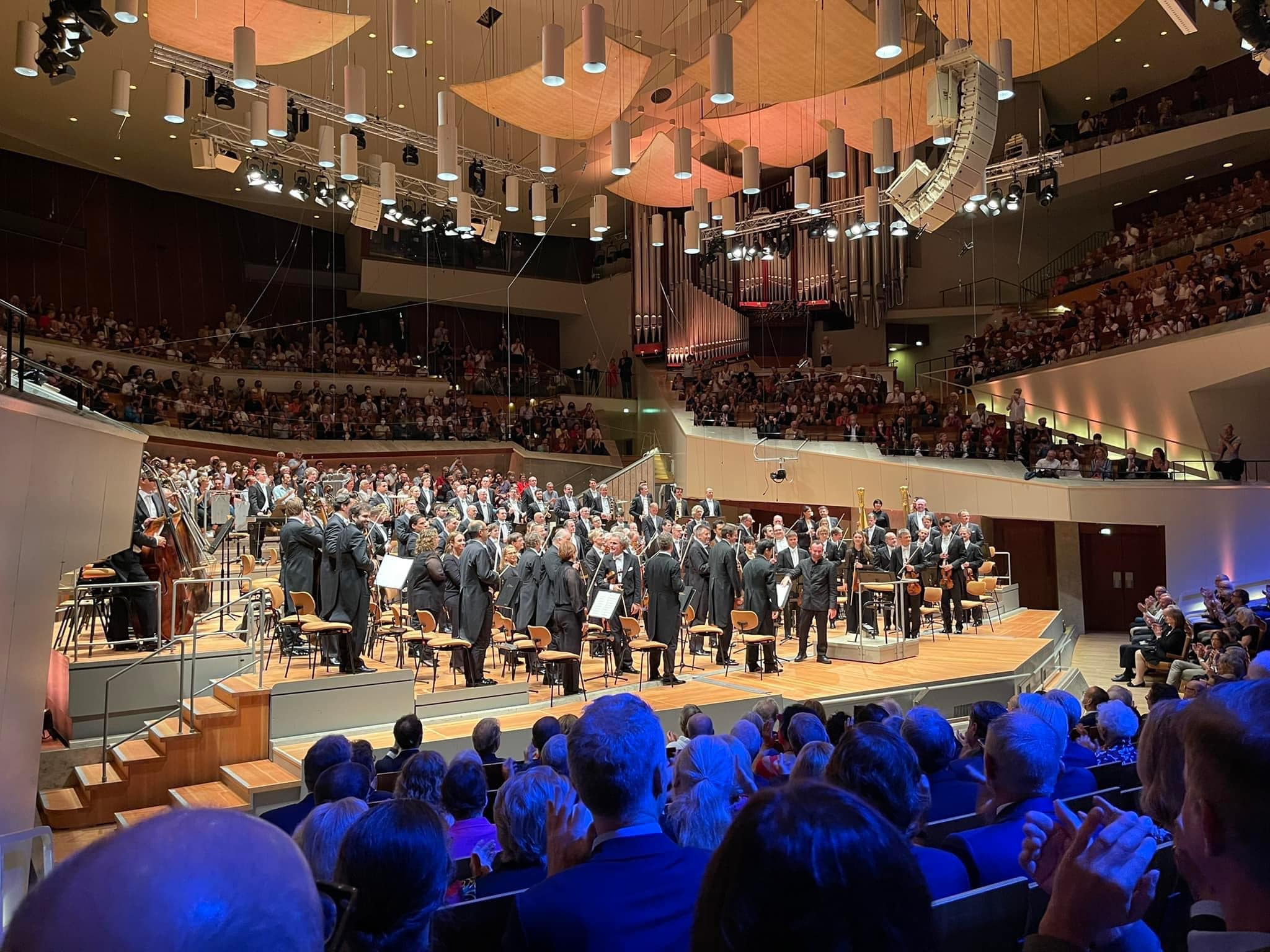
The culture senator Joe Chialo has laid out funding plans for the next couple of years.
This year the outlay is 924 million Euros.
Next year it will top 1 billion.
Read here.
A social media activist has circulated a video…
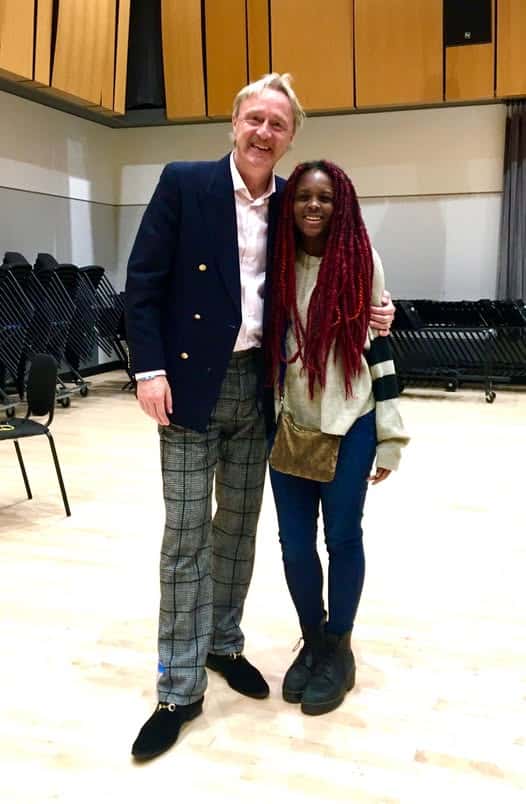
The orchestra of Spain’s poorest region has just…
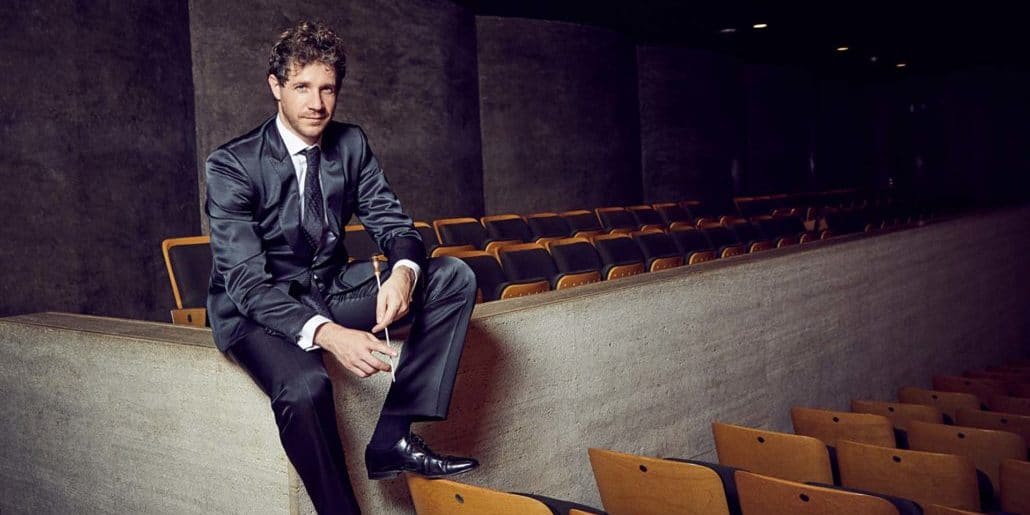
The Vienna State Opera has posted a death…
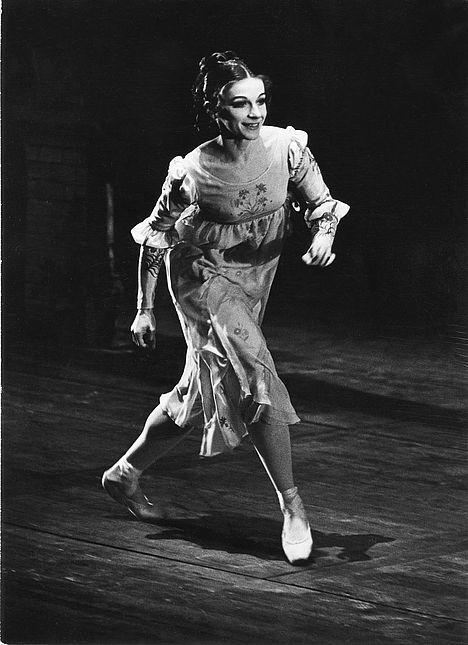
Jessica Duchen has an eye-catching provocation in the…
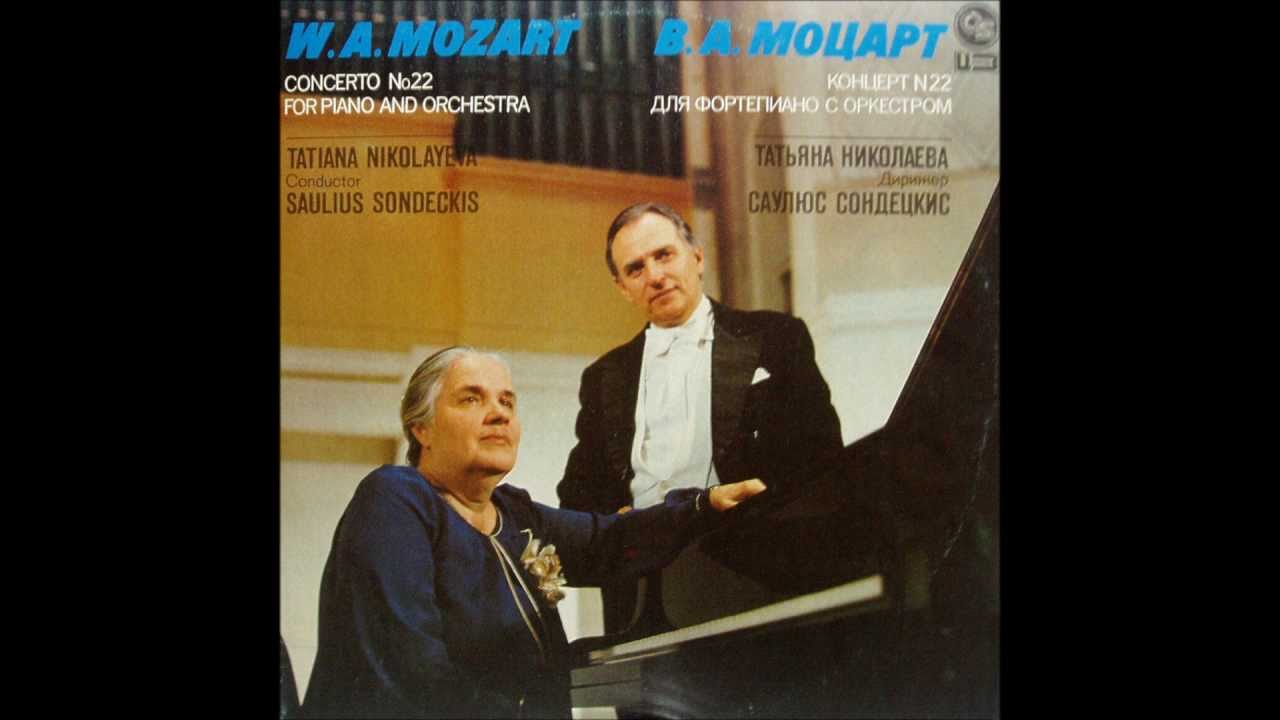
Session expired
Please log in again. The login page will open in a new tab. After logging in you can close it and return to this page.
By comparison, Arts Council England’s [ACE] total funding for all art forms across everywhere in England in 2022-2023 was GBP £534 million, of which £253 million came from the National Lottery. So government actually provided £281 million. ACE employs some 600 staff, whose salaries alone take up around £35 million of that grant, plus another £7 million in other core administrative costs [all these figures from ACE’s annual report, available online].
The UK music industry alone turns over some £5 billion annually (and that’s just music – UK culture in total turns over vastly more). So not only is UK government support for the UK’s arts a tiny proportion of turnover, but we can hazard a guess that receipts from VAT alone repay this support several times over. UK arts create a significant net profit for the UK government’s coffers, as well as employing hundreds of thousands of people, generating associated spend from tourism, etc etc.
Meanwhile, in Germany, the capital city receives a grant of approximately £790 million to support its arts.
Put in simple terms, Berlin’s arts alone receive a subsidy of one and a half times that of the entire ACE budget.
OK, but is culture (concerts, museums, theaters,…) really better in Berlin than in London ? Probably access is cheaper on average, and you get more opera, which is very expensive.
And 4.9 times larger than the budget of the USA’s National Endowment for the Arts–for a country with 4 times the population of Germany and 91 times the population of Berlin.
You don’t seem to understand the nexus between weather, outdoor sports and cultural engagement. Countries with long, bleak winters necessarily have a higher engagement with cultural pursuits indoors.
Population levels have nothing much to do with it.
Germany has fiercely cold winters and it doesn’t have a warmer south where people can still be sitting on a beach or playing outdoor sports when their northern compatriots are stuck inside their homes and apartments.
Not sure that the Italians, Spanish and French would agree with you about countries “with long bleak winters” having “higher engagement with cultural pursuits indoors”, either historically or nowadays. Culture seems to happen in most cultured countries pretty much all year round, regardless of the prevailing weather.
The connection of culture with outdoor sports seems just as tenuous: European football nowadays seems to happen as readily at 35C as it does at -10C (provided the pitch isn’t totally frozen), though admittedly skiing isn’t much good in high summer. Presumably you have to go to the opera instead.
We all know that Michelangelo, Leonardo, Titian, Raphael, Caravaggio, Botticelli, Monteverdi, Vivaldi, Bellini, Rossini, Donizetti, Verdi, and Puccini had air conditioning.
The NEA is utterly symbolic in terms of arts funding – it has never, nor is it meant to, provide(d) much of the funding for the performing arts.
The United States has had Joshua Bell, Leonard Bernstein, Itzak Perlman, Yo Yo Ma, Renee Fleming, The Guarneri Quartet, The Cleveland Orchestra, The Metropolitan Opera, top conservatories such as Juilliard and Curtis…. to name but a fraction of the best of America’s classical music, without the government providing much funding for any of them, ever.
And thes US orchestras that have declared bankruptcy during my career: San Diego, Miami, Kansas City, Albuquerque, Syracuse, Tulsa, San Antonio, New Orleans, Denver, San Jose, Colorado Springs, Honolulu, Miami, and Philadelphia. When they manage to return, they are often depleted and their musicians demoralized.
The USA has one full time opera company while Germany has 83. Similar story for several EU countries. Nordics dominate the conducting world and much of contemporary classical composition. The reason: public arts funding.
Bankruptcy does not mean closing shop, it means a court appointed process of reorganizing one’s debts, and it can mean a new beginning. The Colorado Symphony is stronger than Denver Symphony ever was, as is Kansas City nowadays etc. (And you mentioned Miami twice.)
Many countries have public funding for the arts without the results like that of Nordic countries or Germany. Osborne’s argument is undermined by his cherry picking.
The tendency to simply equate the quality of a social phenomenon by how much a government spends on it negates the importance of culture, habits, values, priorities, history, incentives…. essentially reducing human behavior to that of fish in an aquarium.
Sorry but no.
Any time any city wants to have orchestras and opera companies funded as in Europe, they’re perfectly free to do so.